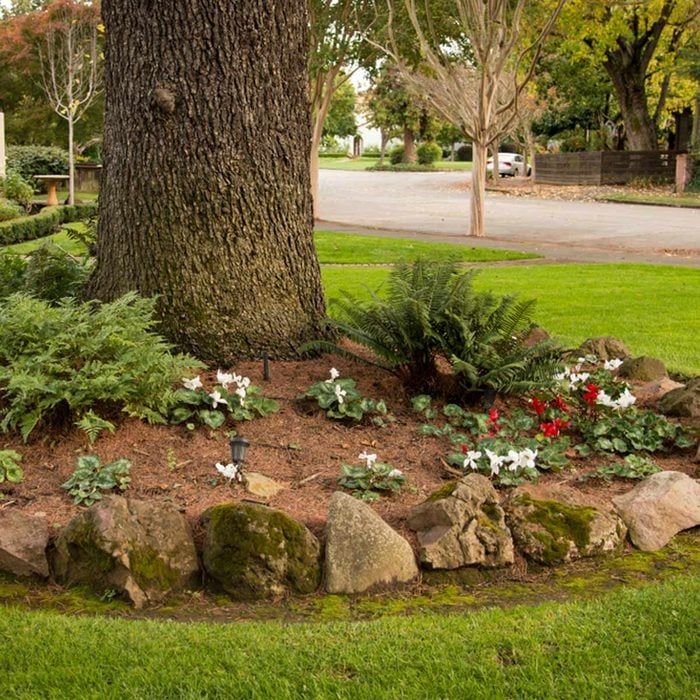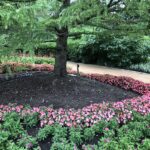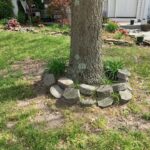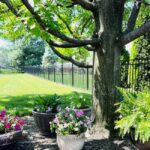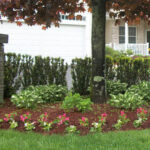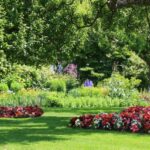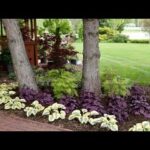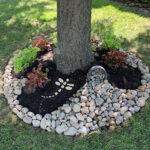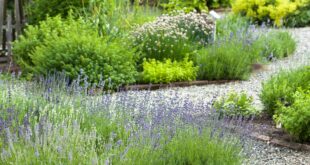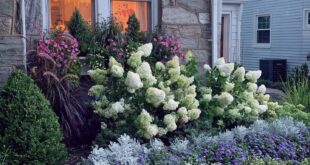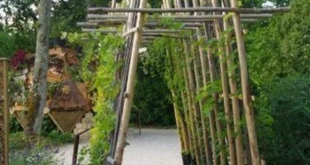Landscaping under trees can present both challenges and opportunities for homeowners and gardeners. While the shade provided by trees can limit the type of plants that can thrive underneath them, it also offers a unique environment for creating a lush and beautiful garden space. With the right planning and design, landscaping under trees can enhance the overall aesthetic of your outdoor space.
When choosing plants for landscaping under trees, it is important to consider the amount of shade and sunlight that the area receives. Plants that thrive in shade, such as ferns, hostas, and impatiens, are ideal choices for under tree landscaping. These plants can add texture and color to the space without requiring full sun exposure. Additionally, ground cover plants like vinca or pachysandra can help to fill in bare spots and provide a cohesive look to the landscape.
Incorporating mulch into your landscaping under trees can help to retain moisture in the soil and suppress weed growth. Organic mulch, such as wood chips or shredded bark, can also improve the health of the soil as it breaks down over time. Be sure to leave a few inches of space between the trunk of the tree and the mulch to prevent rot and disease. Mulch can also provide a finished and tidy look to the landscaping.
Another important consideration when landscaping under trees is the root system of the tree itself. Planting directly under the drip line of the tree, where the majority of the roots are located, can inhibit the growth of other plants and potentially harm the tree itself. Instead, choose smaller plants that won’t compete with the tree’s roots or create raised garden beds to avoid disturbing the root system.
Incorporating hardscaping elements, such as pathways, retaining walls, or decorative rocks, can add visual interest to the landscaping under trees. These features can help to define the space and create a sense of structure and organization. Consider using materials that complement the natural elements of the tree, such as using river rocks or natural stone for a cohesive look.
Overall, landscaping under trees offers a unique opportunity to create a lush and serene garden space. By carefully selecting shade-loving plants, incorporating mulch, considering the tree’s root system, and adding hardscaping elements, you can create a beautiful and functional landscape that enhances the natural beauty of your trees. With proper planning and maintenance, landscaping under trees can transform an often overlooked area into a stunning outdoor retreat.

